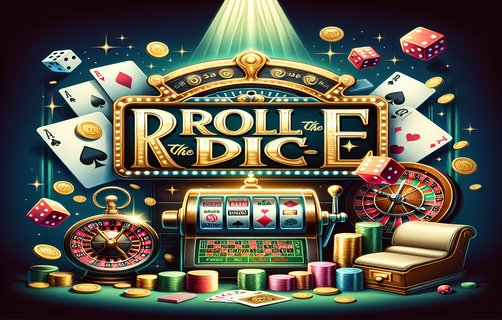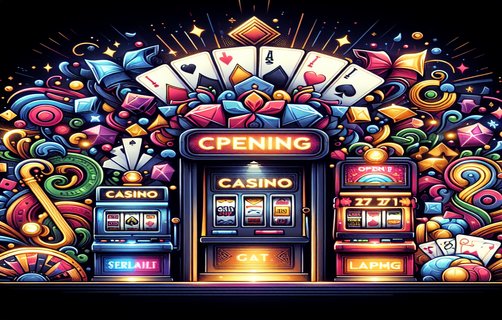The High Stakes of Gambling: Insights into Modern Poker Dynamics

The world of poker has evolved dramatically over the years, transforming from smoky backrooms to sleek online platforms that boast millions of players worldwide. At the heart of this evolution lies a complex interplay of various elements, from stacked wilds that introduce unpredictability in gameplay to the stringent measures of age verification that ensure responsible gambling practices.
Stacked wilds, for example, have become a popular feature in many online poker games. These elements serve to infuse excitement and creative unpredictability into the gameplay, allowing players to augment their hands in surprising ways. The presence of wilds can significantly tilt the odds in a player’s favor, but it also raises the stakes—not just in terms of money, but also in the mental gymnastics that players must engage in as they navigate increasingly complex gaming scenarios.
Equally crucial to the integrity of online poker is age verification. With a surge in younger individuals gaining access to online gambling platforms, ensuring that participants meet the legal age requirements is paramount. This has been a focal point for regulators around the world, leading to the implementation of stringent age verification processes. These measures are not just a box-ticking exercise; they represent a commitment to fostering a safe gambling environment for all players, thereby safeguarding the reputation of the poker industry.
The rise of paid advertising within the realm of online poker is another significant trend. Platforms are strategic in how they promote their games, utilizing social media, influencers, and targeted ads to reach their audiences. This modern approach to marketing has opened new avenues for engagement. It not only attracts seasoned gamblers but also pulls in novices eager to explore the thrilling world of high-stakes poker. By effectively leveraging advertising, poker sites can increase their visibility and entice players with generous bonuses, thus enhancing their user base.
However, the landscape of high-stakes gambling is not merely a playground for the affluent. It serves as a fascinating microcosm of modern society's relationship with risk and reward. Successful players often demonstrate extraordinary skill in reading betting patterns. This critical ability involves observing opponents’ behaviors and decisions, predicting their next moves, and adjusting their strategies accordingly. It’s akin to a psychological game within the game—a dance of wits that can lead to euphoric victories or disheartening losses.

As the poker scene continues to grow, the issue of gambling advertising regulations comes into sharp focus. Governments and regulatory bodies are working tirelessly to create guidelines that protect consumers while still allowing companies to market their services effectively. This balancing act is essential to uphold the integrity of the gambling industry and ensure that players are provided with a transparent and fair gambling experience.
When analyzing the poker landscape from different angles, one can appreciate the multifaceted nature of the game. From the intricate strategies involved in high-stakes table play to the broader implications of advertising and regulation, it is evident that poker is more than just a card game; it is a reflection of human behavior and societal trends. The interplay of excitement, risk, and strategy captures the essence of what it means to be a successful player in today’s dynamic gambling ecosystem.
Ultimately, whether you are a casual player or a seasoned pro, the modern poker experience is shaped by these critical factors. Embracing the innovations while remaining grounded in responsible practices will be the key to thriving in this captivating world of cards and chips.
